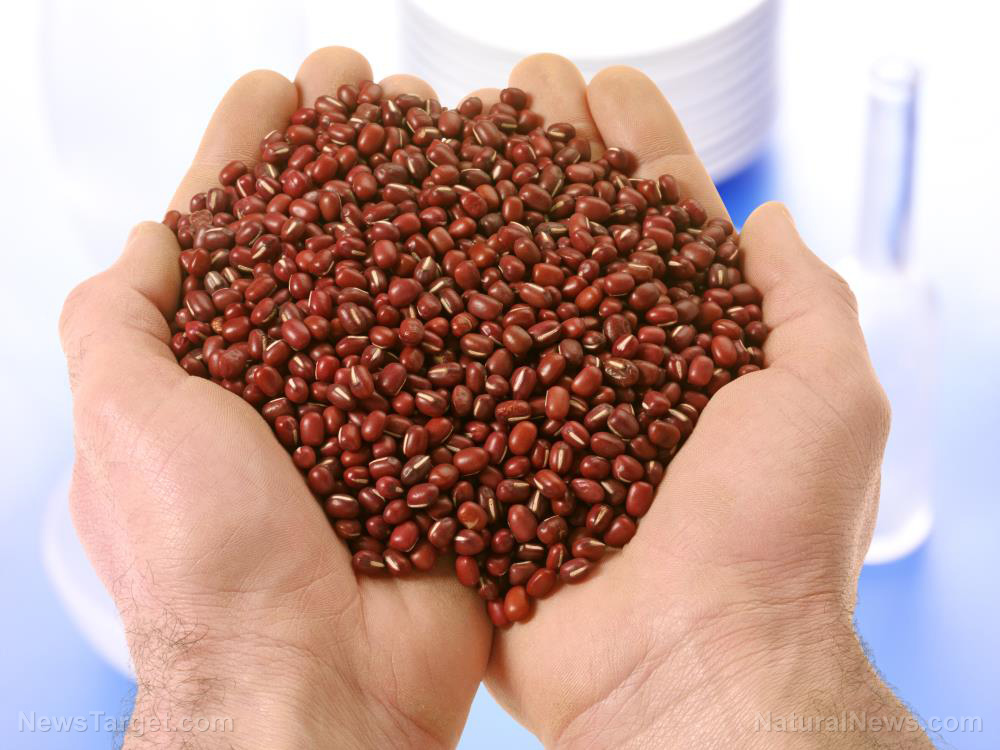Investigating alternative feed sources to address a potential food collapse
08/26/2018 // Edsel Cook // Views
Tags: Adzuki beans, agriculture, Animal Feed, food crops, food insecurity, food security, food security crisis, food supply, legumes, Vigna genus

The study was conducted by researchers from the Nelson Mandela African Institution of Science and Technology. The findings were published in the journal Global Food Security.
- The Food and Agriculture Organization (FAO) of the United Nations stated that half of the plant-based calories consumed by humans comes from four species. This reliance on a few crops is responsible for low agricultural biodiversity and contributes to the food insecurity crisis.
- Vigna is a large genus of legumes. While it has more than 100 species, only ten are domesticated.
- These domesticated legumes include the adzuki bean, the black gram, the cowpea and its black-eyed pea variant, and the mung bean. They are important food crops in their own right, but they also draw most of the attention away from the other Vigna species.
- More than 90 wild species of Vigna legumes offer potential as food crops. They could either be domesticated to provide new varieties of food or serve in breeding programs to improve the genes of their more popular relatives.
- However, there is little knowledge on the potential of the wild Vigna species to serve as supplementary or replacement crops for several improved varieties that have run into problems. Awareness of their potential as food crops can only be increased through research.
The researchers urge that wild Vigna legumes should be investigated and made an important part of future food strategies.
You can read the full study at this link.
If you want to know how bad the food security issues are, visit FoodCollapse.com.
Journal Reference:
Harouna DV, Venkataramana PB, Ndakidemi PA, Matemu AO. UNDER-EXPLOITED WILD VIGNA SPECIES POTENTIALS IN HUMAN AND ANIMAL NUTRITION: A REVIEW. Global Food Security. 19 June 2018;18:1–11. DOI: 10.1016/j.gfs.2018.06.002.
Related Topics
Adzuki beans agriculture Animal Feed food crops food insecurity food security food security crisis food supply legumes Vigna genusLatest News
Related News
11/14/2023 / By Arsenio Toledo
11/14/2023 / By Olivia Cook
11/07/2023 / By Olivia Cook
11/07/2023 / By Olivia Cook
10/24/2023 / By Arsenio Toledo
10/18/2023 / By Olivia Cook
Take Action:
Support Natural News by linking to this article from your website.
Permalink to this article:
Copy
Embed article link:
Copy
Reprinting this article:
Non-commercial use is permitted with credit to NaturalNews.com (including a clickable link).
Please contact us for more information.
Please contact us for more information.






















